Can you stand on one leg for 30 seconds?
Your balance reveals more about aging than you might think.
Others are reading now
An easy one-leg test can give you a clear picture of your biological age. Balance reveals more about your health than most people realize—and fortunately, it can be trained.
The Hidden Importance of Balance
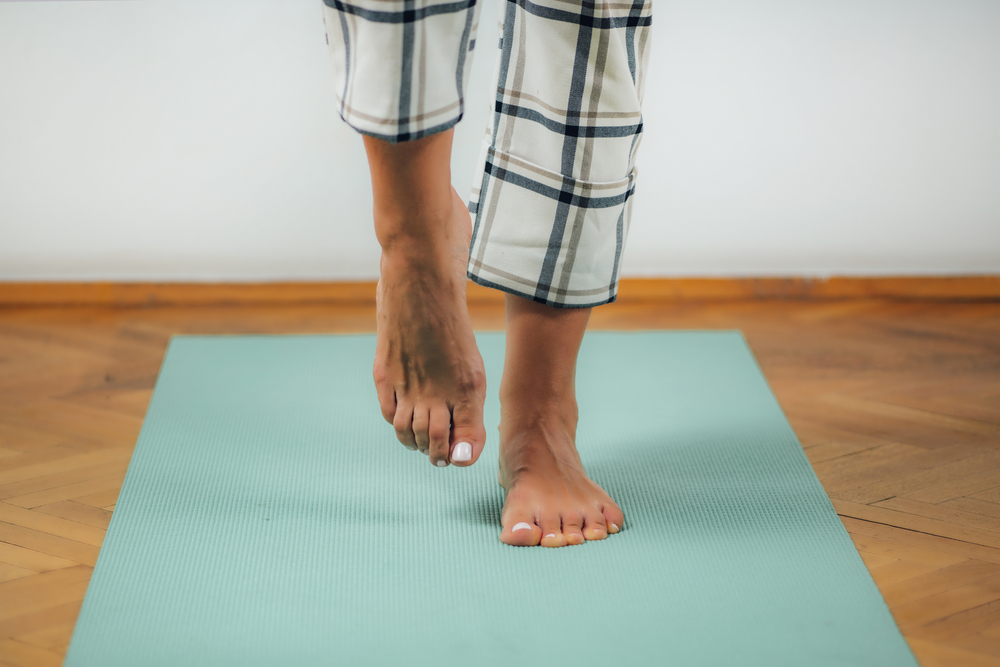
- A simple test can reveal a lot about your biological age
- The ability to stand on one leg for 30 seconds is a strong indicator
- Poor balance may point to accelerated aging
Balance: A Better Indicator Than Strength
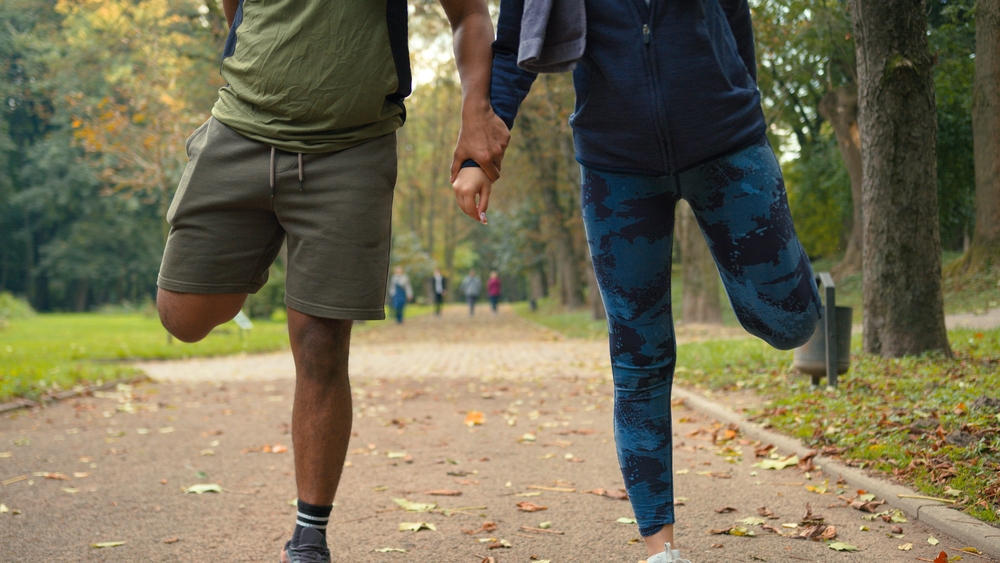
- Balance declines faster than muscle strength and walking speed
- A strong body doesn’t always mean a stable body
- Poor balance increases fall risk—regardless of muscle mass
Falls: A Serious Risk

- Falls in older adults can lead to severe injuries like hip fractures
- These injuries may have long-lasting or even life-threatening consequences
- Preventing falls protects your quality of life
Test Yourself: 30 Seconds on One Leg
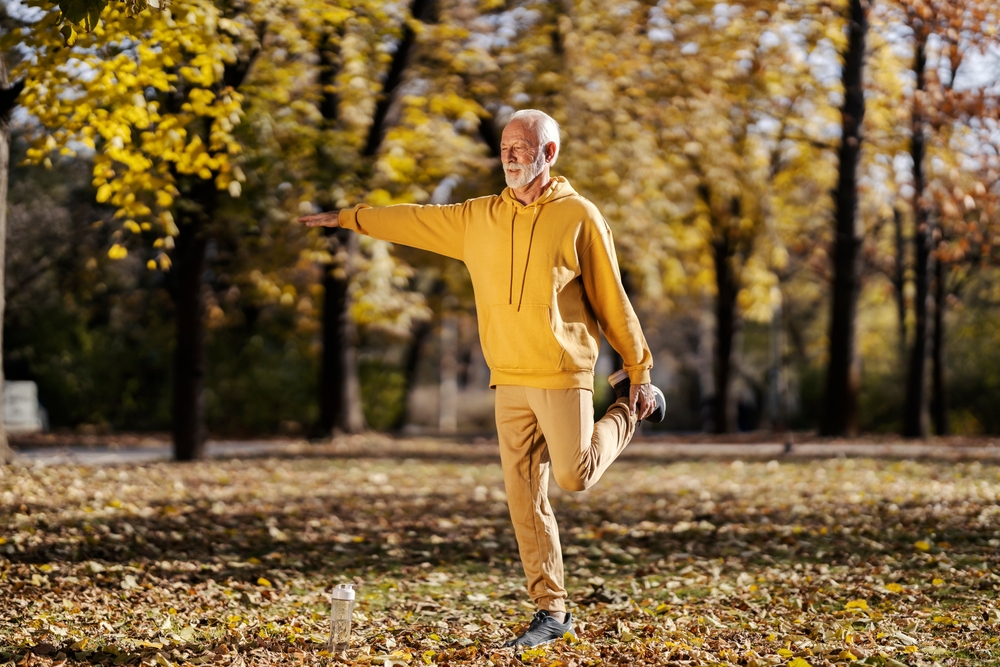
- If you can hold it for 30 seconds, your balance is in good shape
- If you lose balance quickly, it’s time to start training
- Use your non-dominant leg for the most accurate results
Age Shows in Your Balance
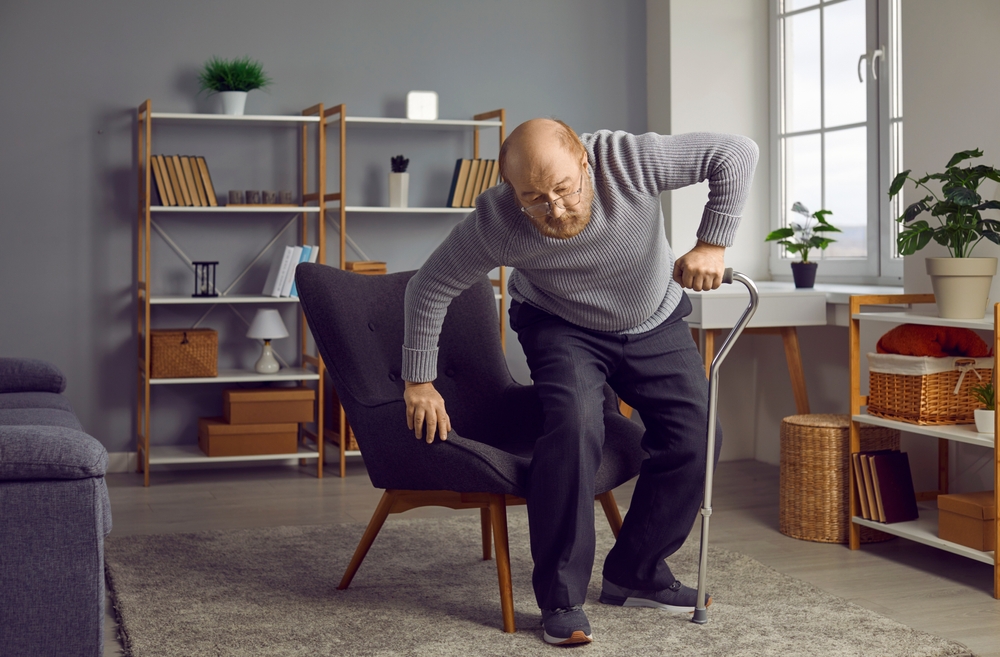
- Balance typically drops by around 2 seconds each year
- This decline happens regardless of gender
- The earlier you start training balance, the better
Balance Requires Teamwork in the Body
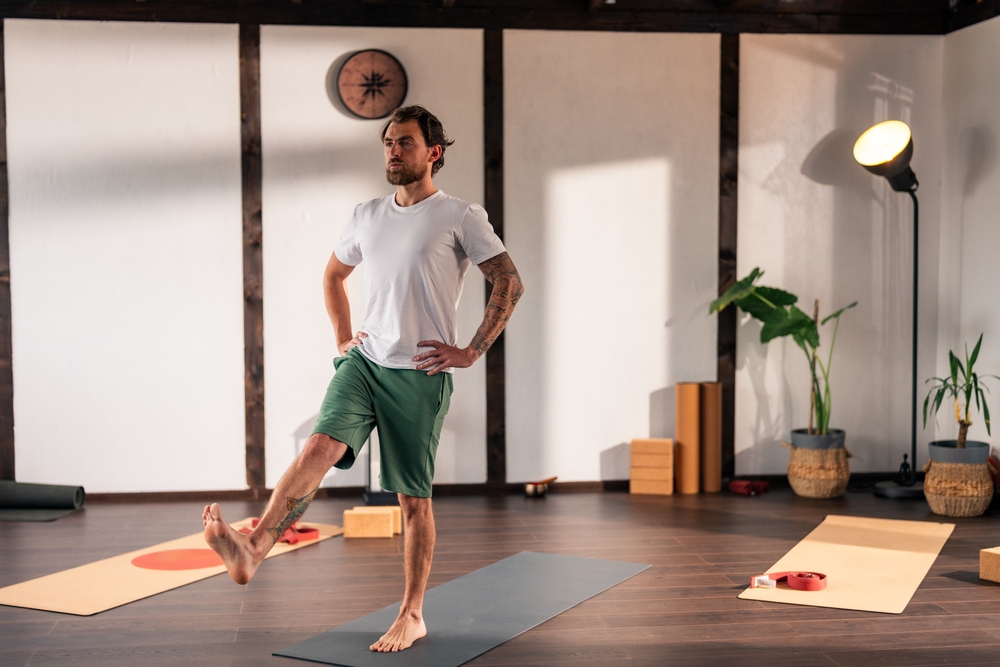
- Good balance isn’t just about strong legs
- Vision, the inner ear, and body awareness all play a role
- Weakness in any one system affects overall stability
When Fear Takes Over
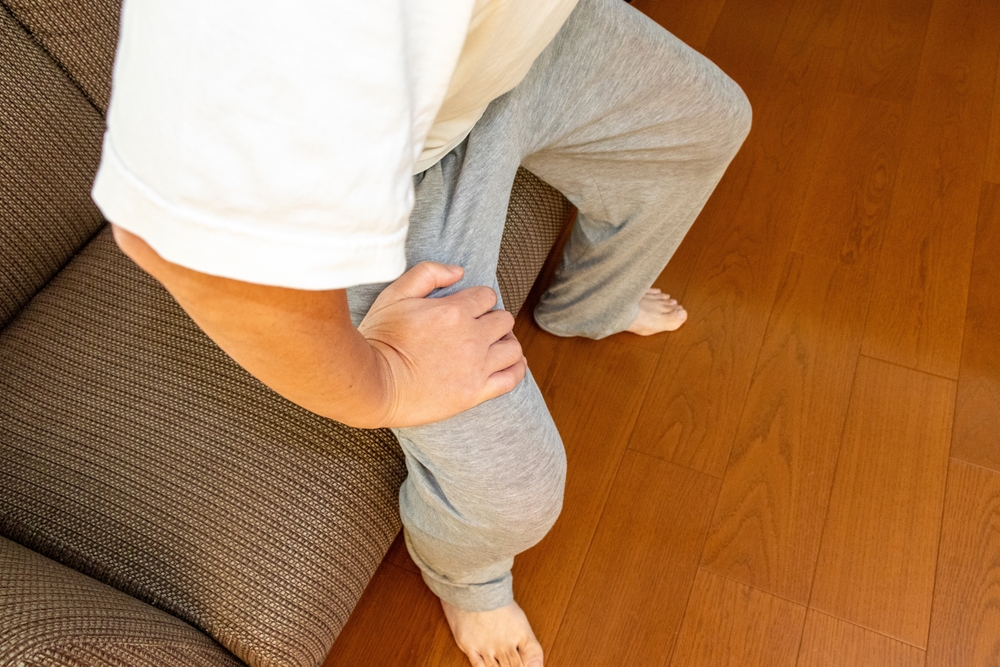
- One fall can trigger a cycle of inactivity and worsening balance
- Many older adults develop a fear of movement
- Less activity reduces balance—and raises fall risk even more
Train Your Balance—No Equipment Needed
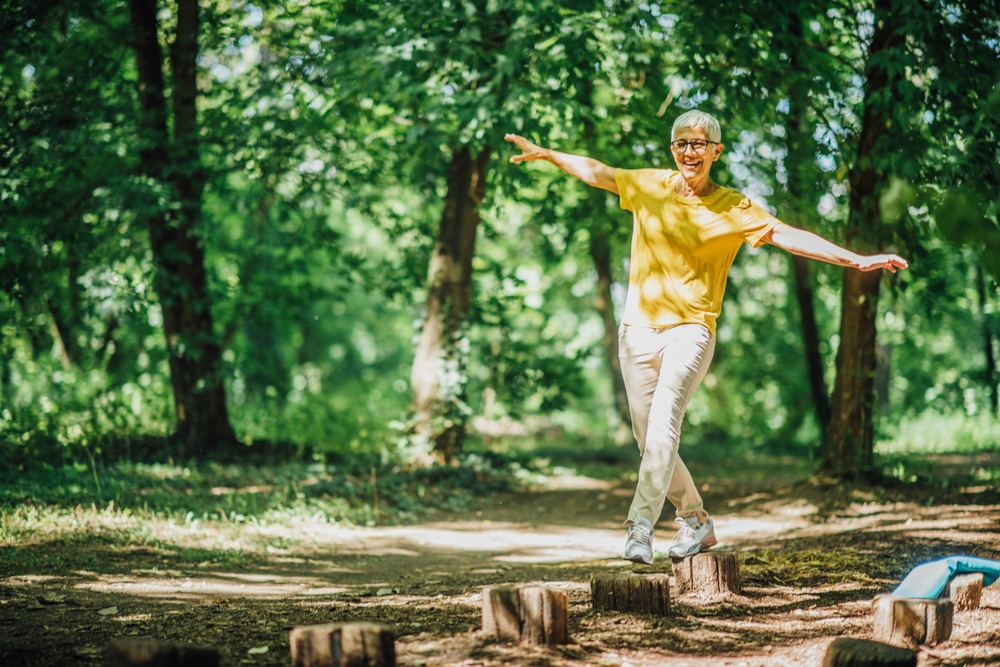
- Simple daily exercises can improve your stability
- Try standing on one leg while brushing your teeth
- Take the stairs instead of the elevator—every movement counts
The Sit-to-Stand Test: Another Key Check
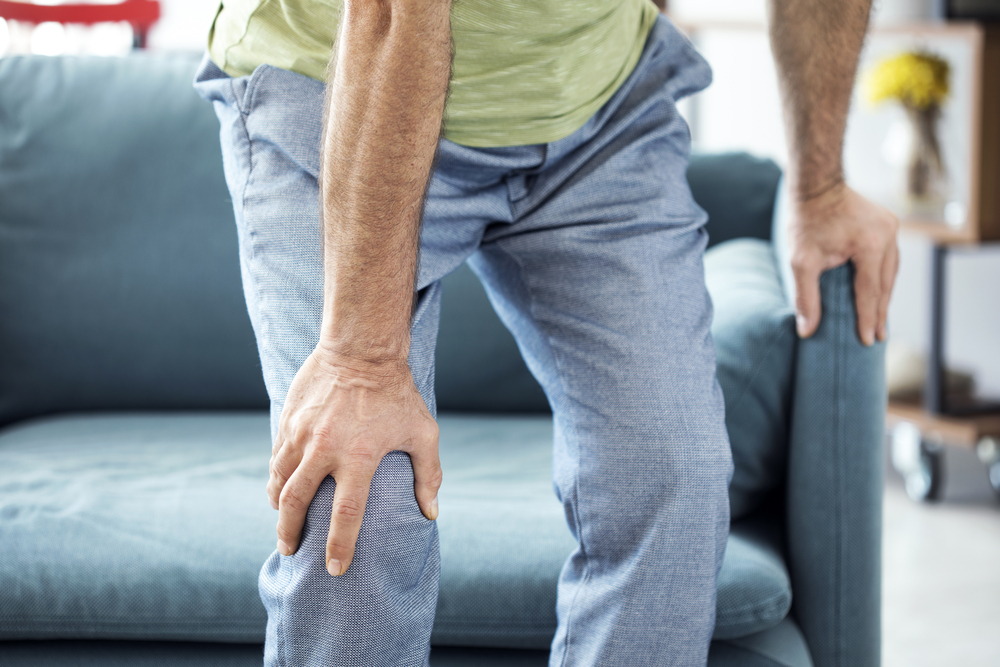
- Can you get up from a chair without using your hands?
- This test measures both muscle strength and balance
- Use it to supplement the one-leg test
Use It or Lose It

- Balance is a skill that needs regular maintenance
- Consistent training helps you stay steady
- The more you use your balance, the longer you’ll keep it


